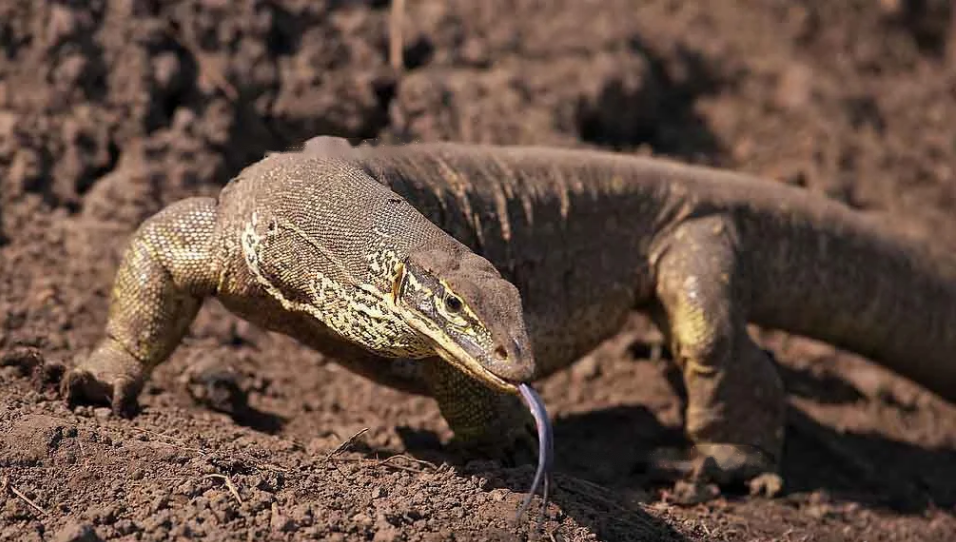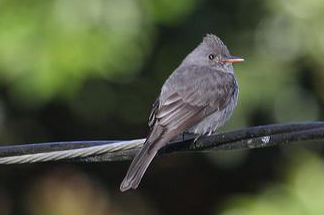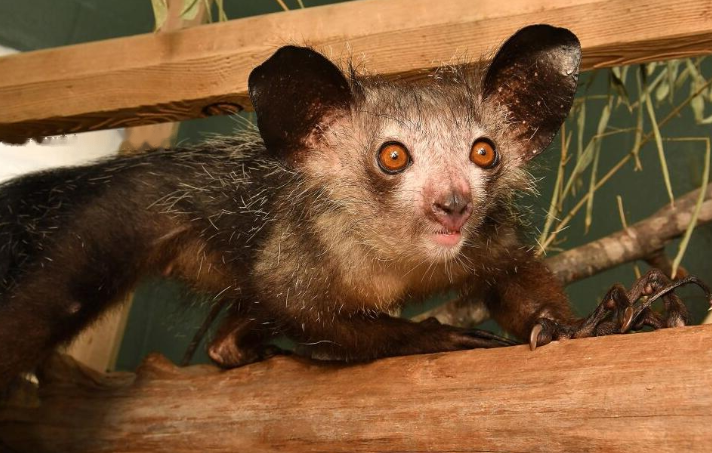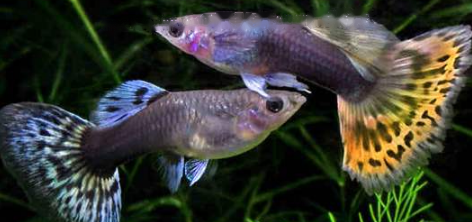
I. Basic information
Chinese name: Desert monitor lizard
Kingdom: Animalia
Phylum: Chordate
Sub Door: Vertebrate subphylum
Class: Reptiles
Subclass: Biporia
Order: Lizardia
Suborder: Skink suborder
Family: Monitor lizard
II. Morphological characteristics
Desert monitor lizard is 1 foot 10 in length inch, the tail is 2 feet 4 inches long, and the teeth are sharp. The snout is concave, and the nostrils are slanted, closer to the eye sockets. The toes are short and the tail is rounded or slightly flattened. The scales on the head are very fine and the scales on the back are fine and smooth. The scales on the sides of the neck are tapered. The abdominal scales are smooth and have 110-125 rows. They are gray-yellow with more or less brown markings. Young lizards have yellow dots and dark brown markings.
III. Distribution
Desert monitor lizards are widely distributed in Syria, Lebanon, Iran, Arabia, Oman, Turkmenistan, Kazakh, Uzbekistan, Tajikistan They are found in Stan, Kyrgyzstan, Turkey, Morocco, Algeria, Tunisia, Libya, Egypt, Israel, Western Sahara, Mauritania, Afghanistan, Iran, Pakistan, Mali, Niger, Chad, Sudan and southern India.
IV. Habits
Desert monitor lizards inhabit deserts, dunes or dry wasteland and have a rather rough personality. When threatened, they will swell their body and neck. , arched his body and let out a low growl. The desert monitor lizard is a master at digging soil, but the desert and clay layers are not easy to dig, so sometimes he also uses the nest of ground birds as his residence; Speed sprint. It has a wide range of food habits, feeding on insects, small mammals, cows, birds, lizards, snakes, eggs and carrion of other animals, and other poisonous snakes. This species has special immunity to snake venom.
When the desert monitor lizard encounters enemies or is seriously disturbed, it often cuts off its tail. This phenomenon is called self-interdiction, and can be thought of as a protective adaptation to escape predators. Self-truncation can occur anywhere on the tail. But the place where the tail is docked is not at the joint between the two coccyx vertebrae, but at the special cartilage diaphragm in the middle of the same vertebral body. This special diaphragm is formed during the ossification of the coccyx and is broken by the strong contraction of the muscles of the tail. The cells of the cartilage diaphragm maintain the characteristics of embryonic tissue for life and can continue to differentiate. Therefore, after the tail is broken, a new tail can be regenerated from there. There is no segmented coccygeal vertebra in the regenerated tail, but only a continuous bone ridge, and the arrangement and structure of scales are also different from the original tail. Sometimes, the tail is not completely cut off, so the cartilage diaphragm is continuously differentiated and regenerated from the wound, resulting in another or even two tails, forming a bifurcated tail.
Many people think that lizards are poisonous animals, but this concept is wrong! Desert monitor lizards eat a lot of insects and their role in controlling pests cannot be underestimated.
![[Original] Sharing of popular science knowledge of ringed map turtles](/static/img/11249/11249_1.jpg)




